EBC & Lobuche Peak Climbing
Overview
EBC & Lobuche Peak Climbing is a thrilling adventure that takes mountaineers to the majestic Himalayas of Nepal. Standing tall at an elevation of 6,119 meters (20,075 feet), Lobuche Peak also offers a challenging yet rewarding experience for climbers looking to push their limits and witness breathtaking views of the surrounding mountains.
The journey begins in Kathmandu, the capital city of Nepal, where climbers will make necessary preparations and acquire climbing permits. From there, a short but scenic flight takes them to Lukla, the gateway to the Everest region. The trekking route follows the famous Everest Base Camp trail, passing through picturesque Sherpa villages, lush forests, and suspension bridges that span roaring rivers.
As climbers approach Lobuche Base Camp, they will be captivated by the awe-inspiring landscapes that include towering peaks like Ama Dablam and Nuptse. Experienced guides and porters will also accompany the climbers throughout the journey, ensuring their safety and providing valuable insights into the local culture and environment.
The ascent to Lobuche Peak requires technical skills and acclimatization to the high altitude. Climbers will undergo thorough training and practice sessions to familiarize themselves with equipment like crampons, ice axes, and ropes. The summit day is the most challenging part of the climb, involving steep sections of snow and ice. However, reaching the top of Lobuche Peak brings an unparalleled sense of achievement and rewards climbers with panoramic views of Mount Everest, Lhotse, Makalu, and numerous other peaks.
The descent follows a similar route back to Lukla, with memories and experiences that will last a lifetime. The journey is not only physically demanding but also culturally enriching, as climbers have the opportunity to interact with the Sherpa community and learn about their traditions and way of life.
Conclusion and Summary
Overall, EBC & Lobuche Peak Climbing is an incredible adventure that combines trekking through the Himalayas, technical climbing, and cultural immersion. It offers an unforgettable experience for mountaineers seeking a thrilling challenge and a deep connection with the natural beauty of Nepal’s mountains.
Itinerary
-
DAY 01: KATHMANDU – LUKLA - 2700M - PHAKDING 2600, 4 HRS
Early morning transfer to the airport to fly toLukla (2880m) This 35 minute flight provides a magnificent entry to the trek. It highlights the snowline of the Himalayan Range in the north and the rugged landing at the Lukla airport which is said to be one of the most spectacular flights in the world. Upon arrival, meet the Sherpa team and while the team reassembles the equipment for the distribution to the Porters and Jhopke (a cross between and cow and a Yak used to carry loads), there will be a short lunch break. During this break, the guests are welcome to explore this bustling town on top of a hill with rows of houses, hotels and shops lining both sides of cobbled street.
After lunch, the trek starts by following the trail leading to the northwest direction through the narrow street, which immediately descends from the end of the village on a trail through the open hillside. The trail is well defined and there are many shops and lodges catering to the trekkers. The trek this day is a very easy one and ultimately descends to the river at Phakding (2652m). Flight- 35 min. Trek- 3 hours.
Dinner and Overnight at Phakding
-
DAY 02: PHAKDING - NAMCHE BAZAAR 3440M, (6 HRS)
we continue north following the Dudh Kosi river and on to Jorsale where we enter the Sagarmatha (Everest) National Park. From here it is a short walk to the confluence of two rivers, the lmja Drangpa (Imja Khola) and the Nangpo Tsangpo (Bhote Kosi) followed by a steep climb (for about 2hrs.) to Namche Bazaar, the main town in the Khumbu region. Namche is a prosperous Sherpa town and an important trading Centre with a weekly Saturday market. Overnight.
-
DAY 03: NAMCHE BAZAAR - TYANGBOCHE, 3860M, (6 HRS)
From Namche, the trail contours around the side of the valley, high above the Dudh Kosi. Now we get our first really good views of the great peaks of the Khumbu including Mt Everest, Lhotse, Nuptse and Ama Dablam. Passing by several villages and numerous tea shops, we descend steeply to a bridge over the river at Phunki Tenga. The village is an excellent lunch spot, and here we can rest before making the steep climb to Tengboche. Although tiring, the hike up the zigzag path has numerous distractions, with rhododendron bushes, beautiful birds and superb mountain scenery. Tengboche is famous for its legendary monastery, the largest in the Khumbu. We stay near the monastery with Everest, Lhotse and Ama Dablam framed in the doorway of our guest house. Overnight.
-
DAY 04: TYANGBOCHE, 3860M, (6 HRS) REST DAY
TYANGBOCHE, 3860M, (6 HRS) REST DAY – AND MEDIDATION ON TENNGBOCHE MONASTERY
-
DAY 05: TYANGBOCHE - DINGBOCHE, 4300M, (6HRS)
After breakfast we head up to Dingbuche. On the way the majestic Amadablam over shadows our day. On the way we meet a little Sherpa village called Pangbuche continue to Dingbuche for overnight.
-
Day 6: Dingboche (4410 m). – acclimatization day.
As per the study on high altitude sickness, it has been found that most of the people suffer or show signs of Acute Mountain Sickness (AMS) from the altitude of 14,000 ft. Thus it is highly recommended to have a rest day to acclimatize at this altitude before starting an ascent.
A trekkers’ aid post operates at the settlement of Pheriche which can be reached in 1 ½ hours from Dingboche. The Aid post is supported by the Himalayan Rescue Association and Tokyo Medical College. A western physician is usually in attendance during the trekking season. This establishment, and the doctors who operates it, specialize in the study and treatment of altitude sickness and strive to educate trekkers in the dangers of too fast an ascent to high altitudes.
Also, another option is to take a walk towards the beautiful Chukung Valley for acclimatization and walking in high altitudes.
Dinner and overnight at Dingboche.
-
DAY 07: DINGBOCHE - LABUCHE 4930M, (6 HRS)
We continue up the wide valley beneath the impressive peaks of Cholatse and Tawache on the left. We then turn right and climb more steeply towards the foot of the Khumbu Glacier.At the top of this climb there are many stone cairns, built as memorials to the many Sherpas who have died while climbing Mt Everest. The path then climbs gently along the glacier, to eventually reach the cluster of houses at Lobuche. Overnight.
-
Day 08: LABUCHE TREK TO GORAKPSHEP 5170M, (2 AND HALF HRS) KALAPATTAR (5500M) - GORAKSHEP 3 HRS, TREK TO EVEREST BASE CAMP 5300M AND BACK TO GORAKSHEP AND OVERNIGHT
We continue our trek along the Khumbu Glacier. We will reach our destination quiet early but you can spend rest of the days for acclimatization & preparation for the next day adventure and Hike to Kalapatthar or Everest base camp and Overnight at Gorakshep
-
Day 09: GORAKSHEP - KALAPATTAR (5500M) - TREK TO LOBUCHE (7 HRS)
We prepare for an early morning departure, amid pre-dawn darkness and cold temperatures (-10 to -14 C). Plus, there is always the potential for chilly winds which are quite common. Familiar peaks such as Lingtren, Khumbutse, and Changtse tower to the east even as Everest begins to reveal itself. But, it is upon reaching Kala Patthar that we get to see 360-degree up-close and formidable views of Mt. Everest. We take pictures, enjoy the magnificent mountain panorama, and then return back to Lobuche for a good night’s rest. Overnight in Lobuche.
-
Day 10: Lobuche to High Camp – 3 to 4 hours
From Lobuche, we trek towards Lobuche base camp. After walking some distance on relatively flatter plane, the path to the Lobuche Base Camp gets steeper and rocky. We move forward along the Lobuche Glacier while enjoying great views of Ama Dablam, Cholatse, Pokalde, Thamserku, Kantega and other Himalayas. From the base camp, we continue on a rocky moraine path to reach the High Camp. After reaching there, we set up our camp, take lunch and rest. For the climb, we usually will be climbing on rock surface for up to around 5770m. After that, we climb on ice and use ropes when necessary. However, the use of the rope and the length depends upon the season and the crevasses. Fixed rope is used most of the times whereas man rope is used when required. The climbing leaders will decide what is best for when. Overnight in Lobuche East High Camp.
Pre-Climb Training: Our guides will provide training on peak climbing techniques and the proper ways of using climbing gears such as the ice axe, climbing boots and crampons, harness, ascender, etc. The training will also include using ropes to go up and down. We strongly believe that the training experience will boost your confidence and climbing skills to increase the chances of scaling the summit as well as to fully enjoy the experience.
-
Day 11: Lobuche High Camp to Summit and back to High Camp- 8 to 10 hours
We wake up early today at around 12 to 1 am and have our breakfast before beginning our climb. It is important we reach the summit before noon because in the afternoon the strong winds in the high lands might become a barrier for a successful summit. We will most likely be walking on rock surface up to around 5700m after which we climb on ice. We use both fixed rope and man rope as per our leader’s instruction. The climbing surface as well as the length of the rope and depends on the time of the season and the crevasses. Lobuche East offers more panoramic views of the mountains than any other trekking peak. From the summit, you get to enjoy magnificent views of Everest, Lhotse, Nuptse, Ama Dablam, Cholatse, Pumori, and many more. We spend some time at the summit celebrating and taking pictures, then we get back to the High Camp again for an overnight stay.
-
Day 12: Contingency/reserve day
This is an extra day set aside to manage any unintended hindrances like flight delays or bad weather for climbing. Setting aside an extra day will ensure that even if we were to face a day’s set back, the trip will continue thus guranteeing a successful climb.
-
Day 13: Lobuche High Camp to Pangboche- 8 to 9 hours
After taking our morning breakfast, we trek downhill from Lobuche High Camp and join the Everest Base Camp route at Lobuche again. We take our lunch at Lobuche. From Lobuche we again retrace our path to Pheriche. On the way to Pheriche, we get to enjoy magnificent views of Mt. Ama Dablam in the distance. From Pheriche, we continue to Pangboche. We trek down through the hillside blanketed by rhododendron and juniper trees. If it’s spring, pink and red rhododendron flowers ablaze our surroundings. Upon reaching Pangboche we may also consider visiting the famous Pangboche Monastery.
-
Day 14: PANGBOCHE –NAMCHE BAZAR 3860M, (5 to 6 HRS)
we continue to follow the river and, after crossing it, climb back up through birch and rhododendron forest to Khumjung. Overnight.
-
Day 15: NAMCHE BAZAR - PHAKDING 3440M, - LUKLA 2840M, (7 TO 8 HRS)
From Phakding the trail descends steeply to the village of Jorsale. Passing the villages of Phakding (2640m) From Khumjung we descend to the bridge over the Dudh Kosi at Phunki where there are water driven prayer wheels, then climb and contour around the hillside to Phakding.
From Phakding Passing the villages of Phakding (2640m) and Choplung, we reach Chaunrikharka and the trail that cuts up to the airstrip at Lukla. Overnight.
-
DAY 16: LUKLA- KATHMANDU
Early morning flight to Kathmandu from Lukla. End of Trek.
Include / Exclude
Cost Includes:
-
Cost Includes for peak Climbing
- Fully guided climb with experienced climbing guides on 1:3 ratio (Guide to client ratio)
- Meals and Accommodation at Tea Houses/Lodges during trekking period
- Meals and High-quality mountain tents during climbing period
- Twin sharing accommodation at Kathmandu guest house or similar category for 4 nights with breakfast
- All peaks permits with garbage deposits.
- National Park Fees
- KTM-LUKLA-KTM Airfare
- Kathmandu airport transfers and escorts
- Comprehensive first aid kit with supplementary oxygen system
- Personal/Group climbing gears
- Porterage of equipment required during trekking and climbing
- Waterproof Duffel bag, Sleeping bag and Down Jacket (Sleeping bag and down jacket must be returned after completion of trek)
- Peak climbing certificate issued by Nepal Mountaineering Association
- Staff summit bonus, insurances and allowances
Cost Excludes:
- International airfare, Visa and travel insurance
- Meals at Kathmandu
- Extra night accommodation in Kathmandu or on trek for any reason (Early arrival or delay, Early arrival from trek due to any reason)
- Personal expenses and tips
Price per person
Usefull Information
Embarking on an Everest Base Camp (EBC) and Lobuche Peak climbing expedition is a dream come true for adventure seekers and mountaineering enthusiasts. This remarkable journey combines the iconic trek to Everest Base Camp with the exhilarating experience of summiting Lobuche Peak, a stunning Himalayan peak in the Everest region.
The adventure begins with a scenic flight from Kathmandu to Lukla, where the trek to Everest Base Camp commences. Following in the footsteps of legendary climbers, you’ll traverse picturesque Sherpa villages, terraced fields, and ancient monasteries, immersing yourself in the rich cultural tapestry of the region. The trail meanders through the rugged Khumbu Valley, offering breathtaking views of towering peaks, including Ama Dablam, Nuptse, and, of course, Everest itself.
Reaching Everest Base Camp, situated at an altitude of 5,364 meters, is a remarkable achievement in itself. Standing in the shadow of the world’s highest peak, you’ll be surrounded by the awe-inspiring beauty of the Khumbu Icefall and the Khumbu Glacier. This is where climbers gather and prepare for their ascent to the summit of Everest.
But the adventure doesn’t end there. From Everest Base Camp, you’ll continue your journey towards Lobuche Peak. Lobuche Peak (6,119 meters) is a challenging climb that requires technical skills and mountaineering experience. The ascent involves traversing icy slopes, negotiating crevasses, and using ropes and crampons. The effort is well worth it, as the summit of Lobuche offers unparalleled panoramic views of the surrounding Himalayan peaks, including Everest, Lhotse, Makalu, and Cho Oyu.
Summiting Lobuche Peak is an exhilarating achievement, providing a sense of triumph and a deep connection with the mountains. As you stand on the summit, you’ll be rewarded with a 360-degree vista of the majestic Himalayan range, an experience that words cannot adequately describe.
Throughout the journey, you’ll be accompanied by experienced guides and Sherpa climbers who will ensure your safety and provide valuable support. They will share their knowledge of the mountains, Sherpa culture, and mountaineering techniques, making this expedition both a physical challenge and a cultural immersion.
The EBC and Lobuche Peak climbing expedition is an extraordinary adventure that combines the iconic trek to Everest Base Camp with the thrill of conquering a Himalayan peak. It is a test of physical endurance, mental resilience, and mountaineering skills, rewarding you with unforgettable memories, stunning vistas, and a profound appreciation for the power and beauty of the Himalayas.
Equipment List
FAQs
-
 Best Seasons March to May, September to November
Best Seasons March to May, September to November -
 Group Size 2-20
Group Size 2-20 -
 Duration 16 DAYS BOOKING OPEN FOR 2023
Duration 16 DAYS BOOKING OPEN FOR 2023 -
 Maximum Altitude 6119M
Maximum Altitude 6119M -
 Trek Difficulty Challenging
Trek Difficulty Challenging

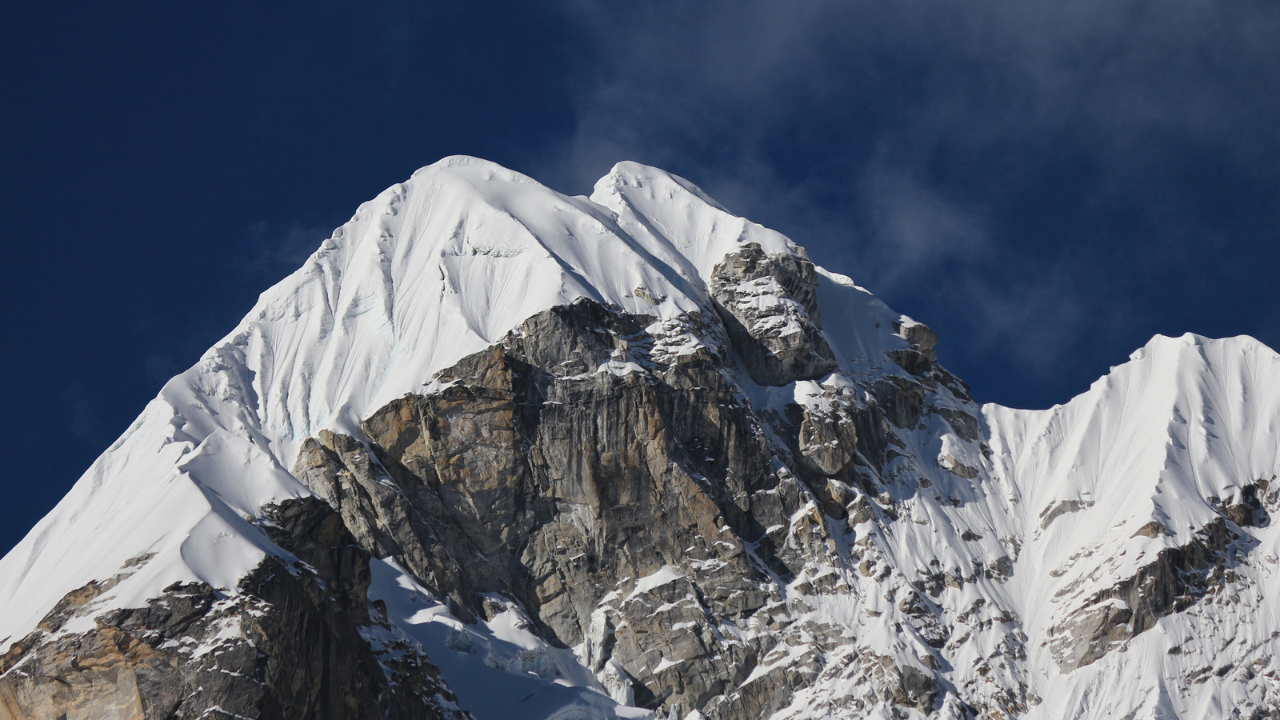


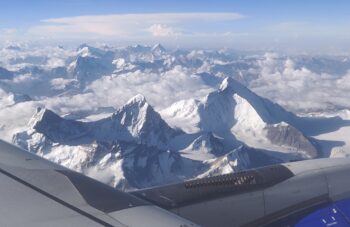
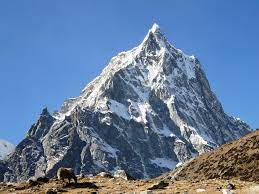
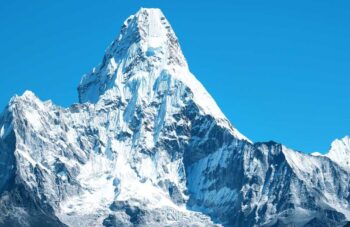
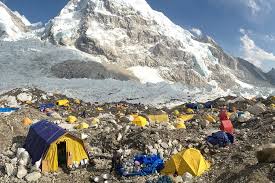
Leave a Reply